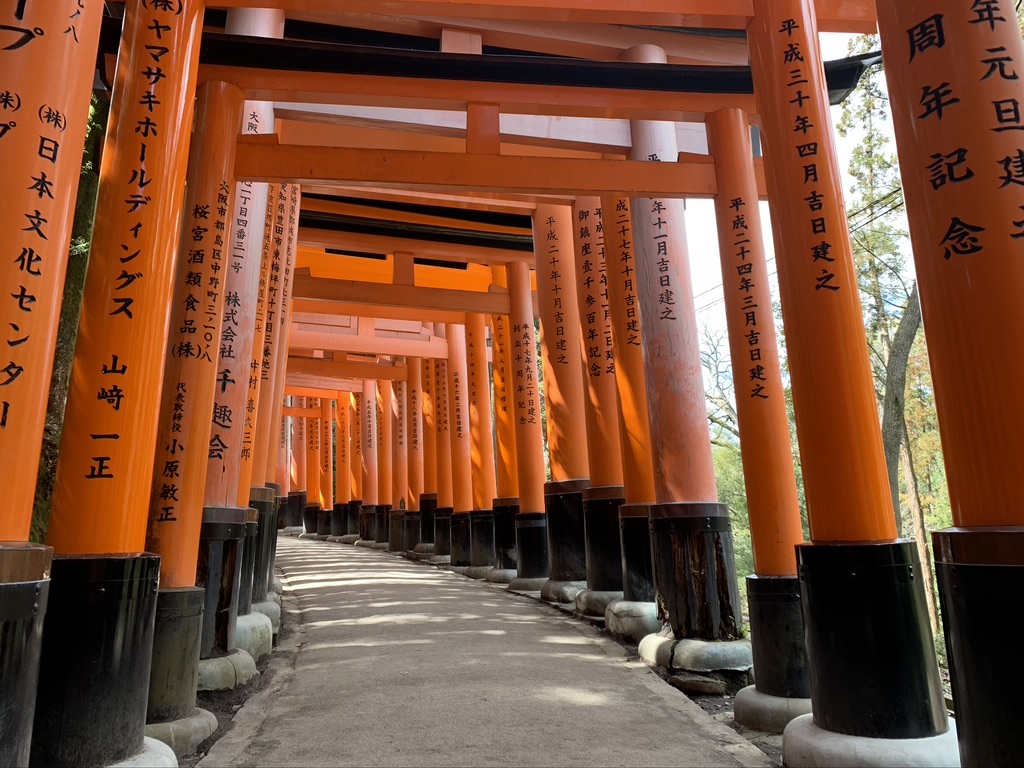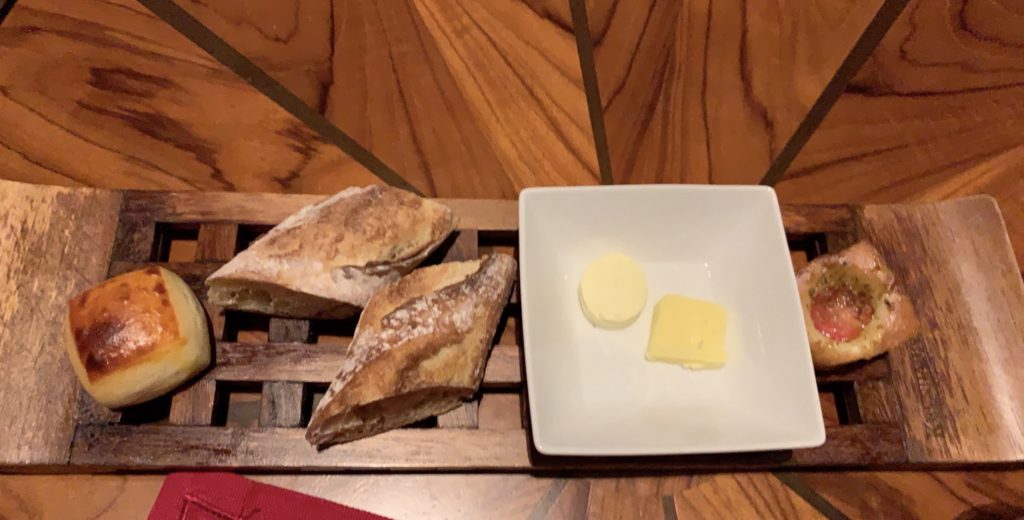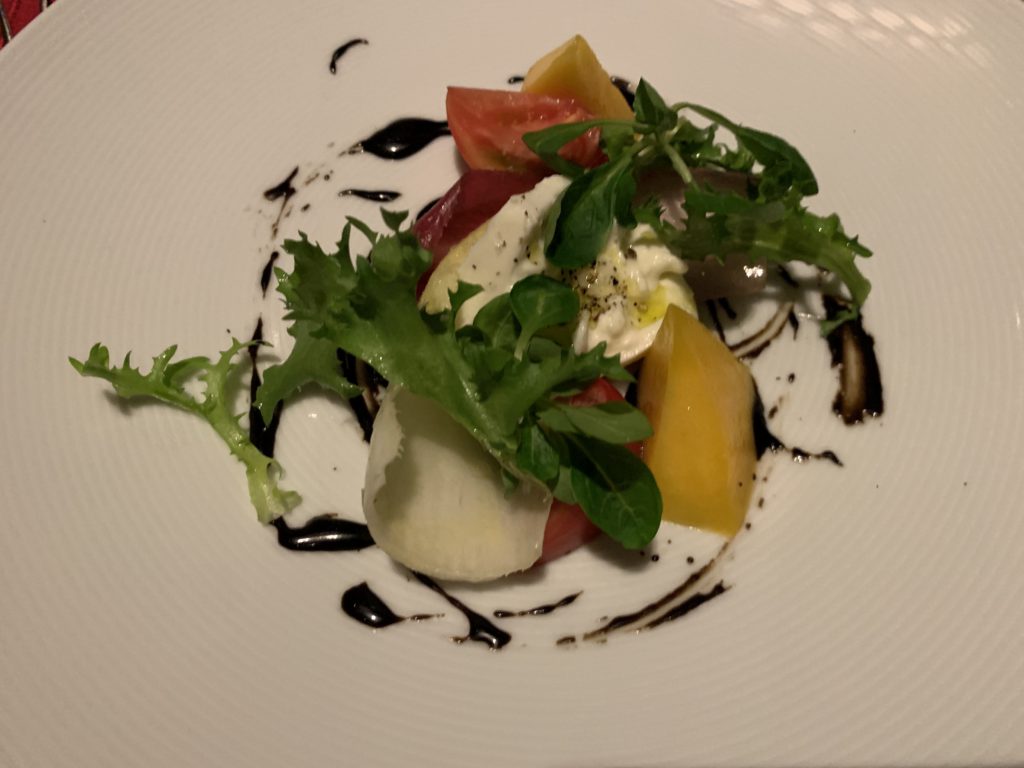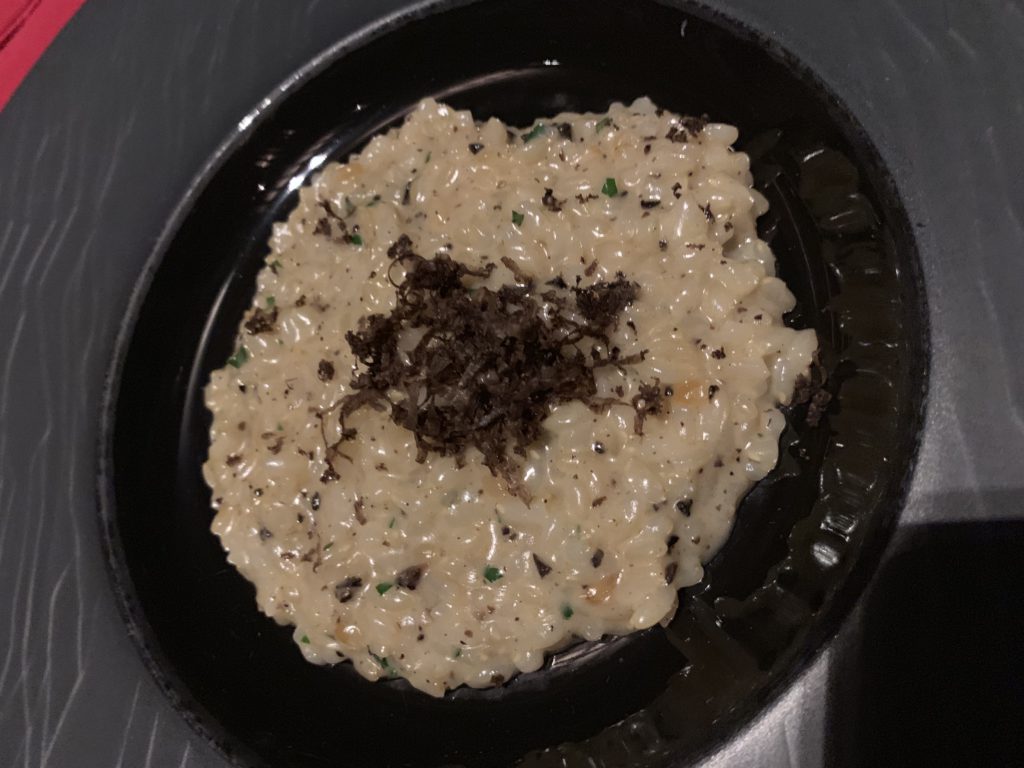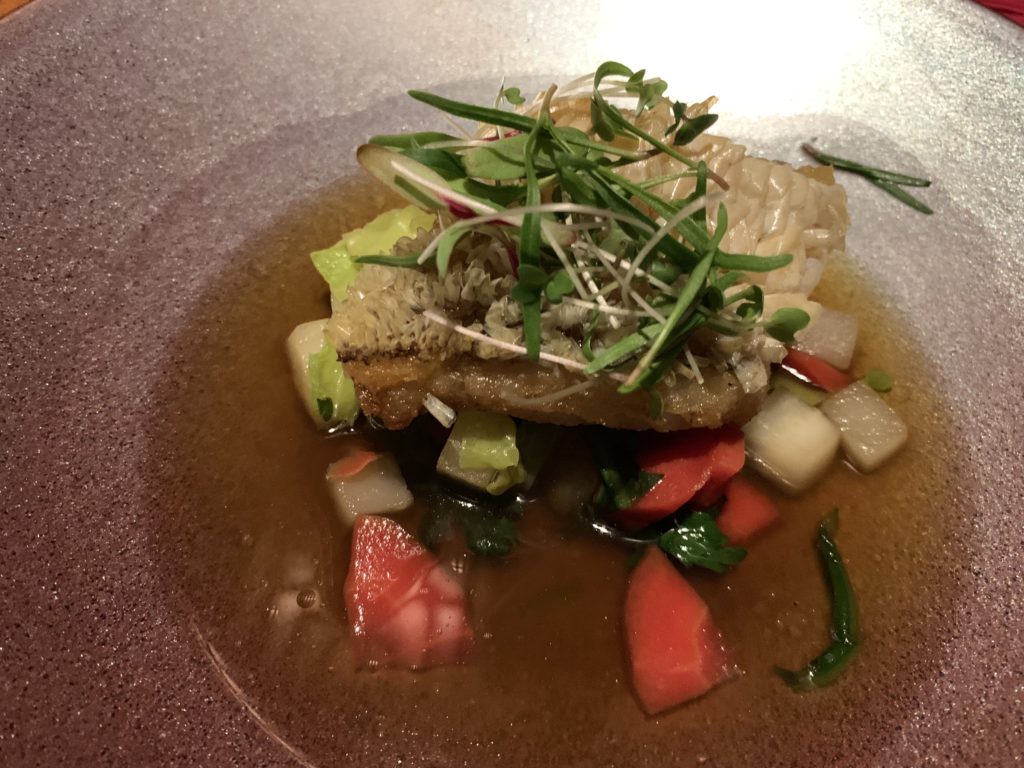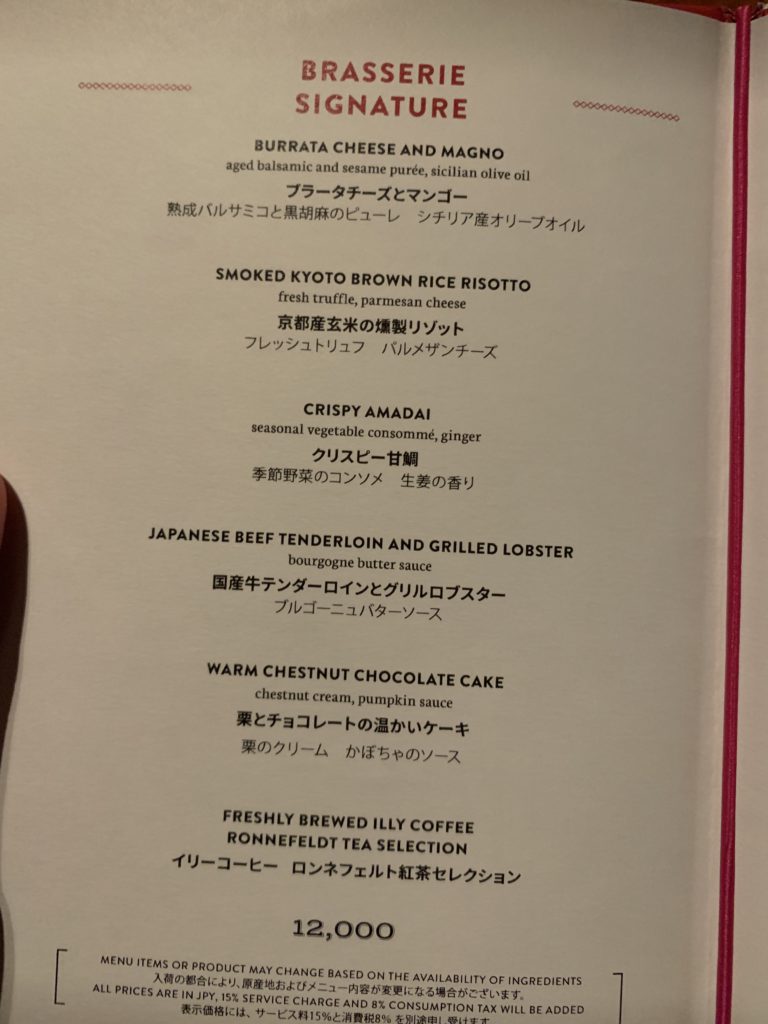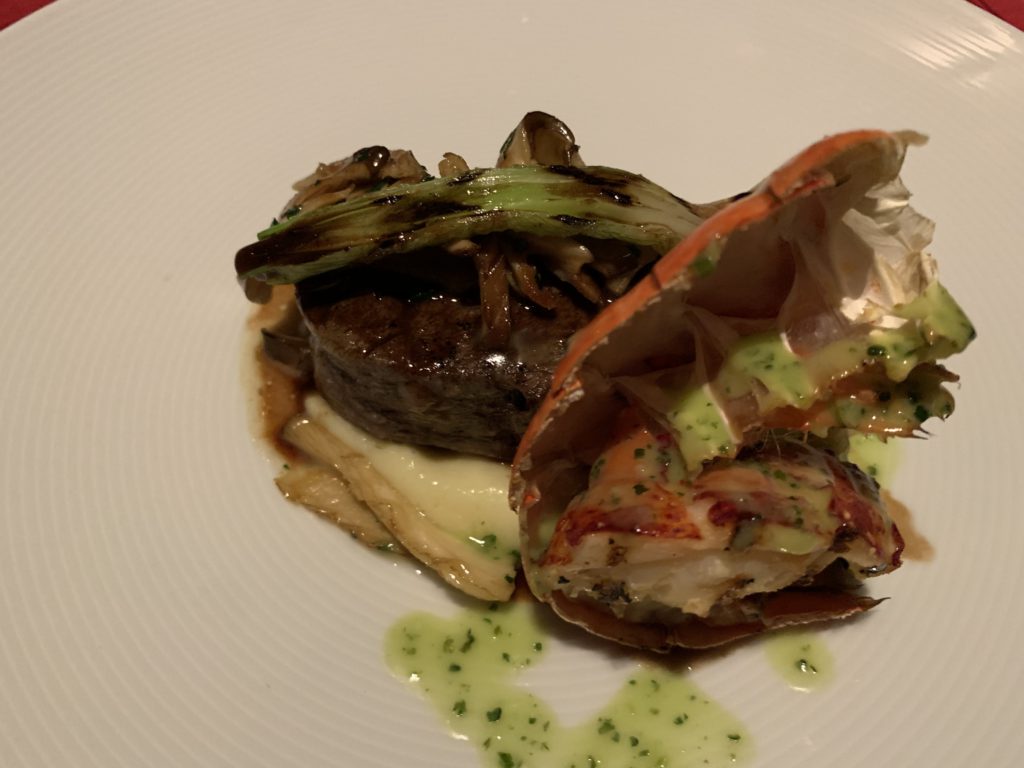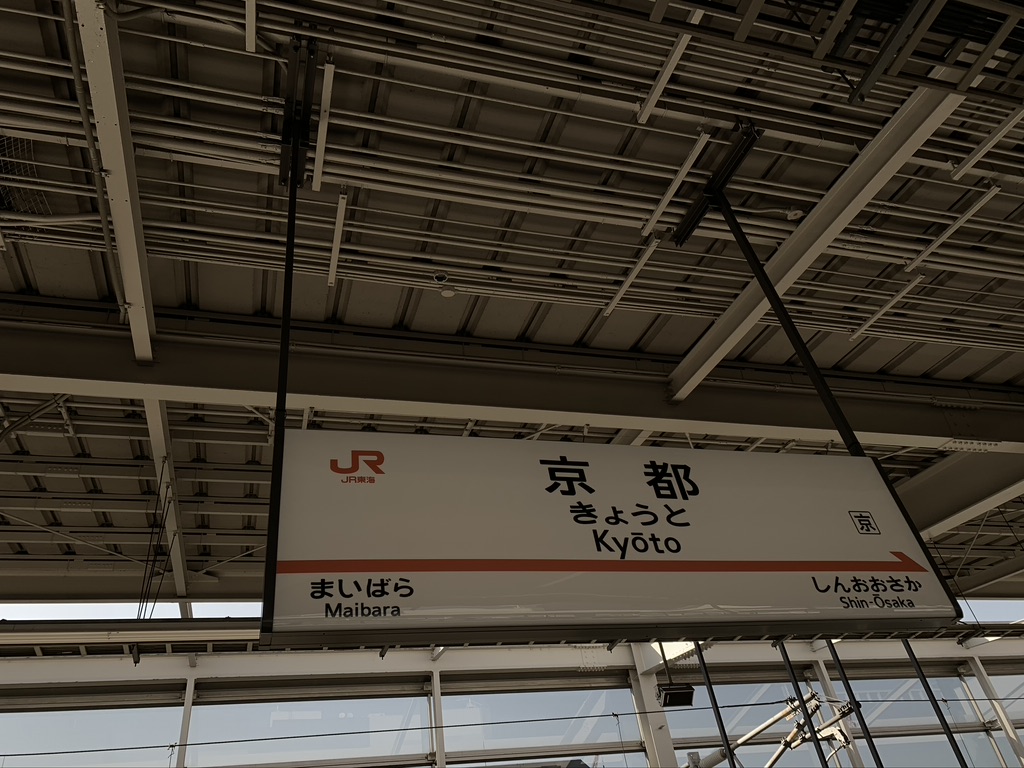
Dates Visited: March 7 – 11 2019
Introduction
When people go to Japan, their first stop is usually Tokyo – and that might be their only stop. Before my Tokyo trip, I wanted to experience a smaller Japanese city as I noticed smaller/non-capital cities tend to provide more authentic experiences of culture and food. Having read about Kyoto’s natural beauty and the Fushimi temple along with its proximity to Osaka – I chose Kyoto as my first stop in Japan.
Arriving
Kansai International Airport (KIX)
Built on an artificial island in the middle of Japan, Kansai International Airport is the primary gateway to Osaka and Kyoto and the rest of the Kansai region. From the minute you land, you see Mario, Pokemon, Nintendo, and that is how you know – you made it – this is Japan.
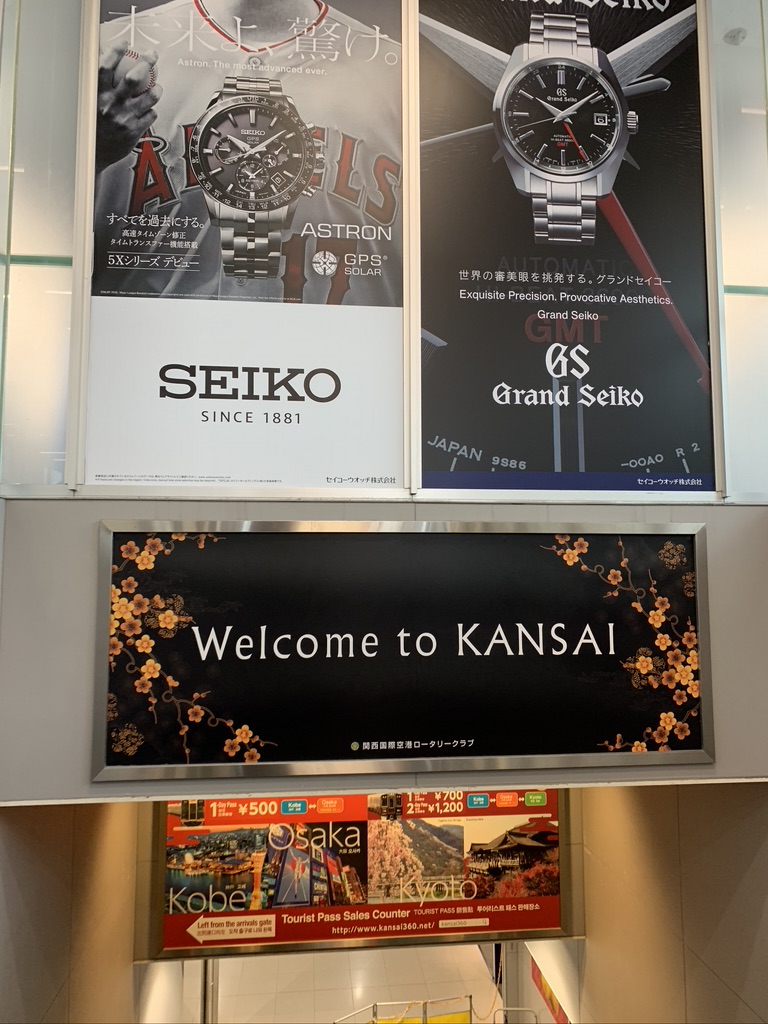
Immigration/Customs
Japan is visa-free for U.S. citizens and the process for immigration involves multiple stops at different checkpoints before passing through an individual customs screening. You may be stopped and asked to open all your bags – I noticed Japan is the only country in Asia where I was stopped. Apparently, it might have to do with the amount of passport stamps I have and status as a young solo male traveler with a Western passport. You get a cute sticker of Mount Fuji in your passport as an entry confirmation stamp.
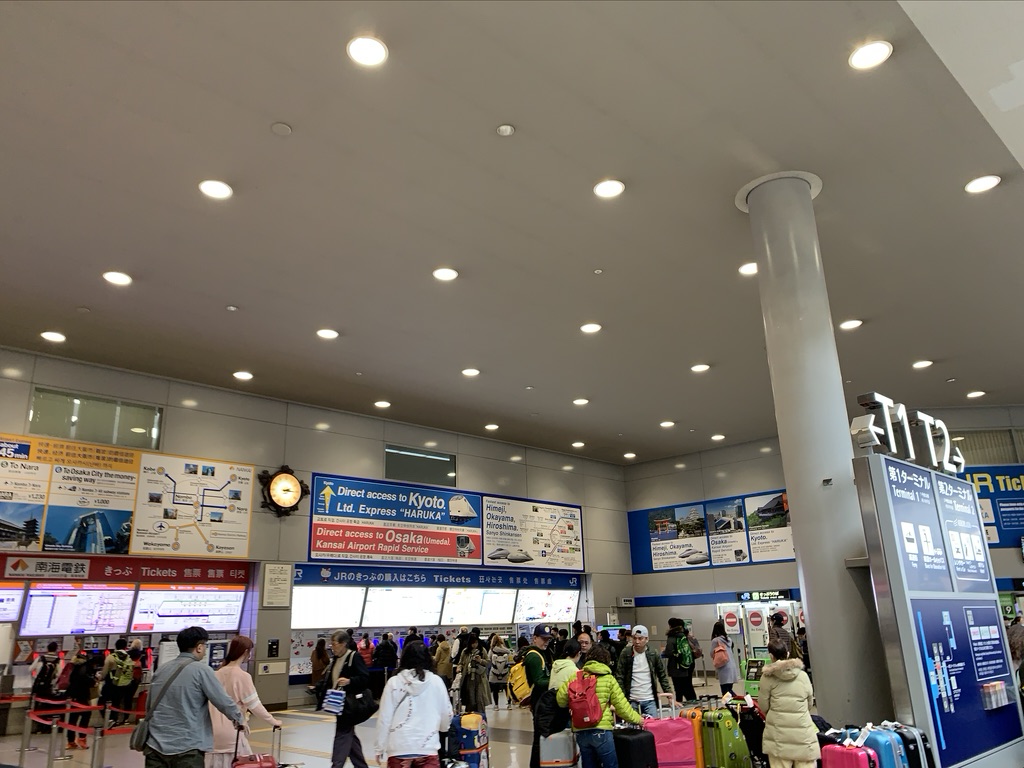
Lounges
There is one Priority Pass accessible lounge at REP and that is the Plaza Premium Lounge. Not very crowded at all and the food is about average for a PP lounge. There were some local Khmer cuisine options along with typical airport lounge snacks. Nice air-conditioned space to wait for your flight though.
Currency
Japan uses the Japanese Yen (JPY)
Taxis/Rideshare/Local Transportation
I would strongly suggest to not take taxis in Japan. While they are clean, efficient, and provide friendly and extremely professional (drivers wear business formal attire), they are expensive to both Asian and Western standards. I would compare it to Manhattan taxi prices – that is a good frame of reference to have. Unless it’s a dire emergency, use the public transportation or simply walk. Japan has one of the most efficient and expansive public transportation infrastructures in the world. Uber is not available here due to local regulations.
Kyoto like many other cities in Japan have an extensive public bus, metro, and train system that I best suggest be navigated using Google Maps. Fare cards (ICOCA) can be purchased at any station and refilled along the way. Fares are expensive in Asian standards and on-par with American public transportation fares.
To get to Kyoto from Kansai airport, I would recommend taking the HARUKA express train which you can buy tickets for at the airport or online. If you present your passport, there is a package deal where you can get an IC card and the HARUKA round-trip ticket for a discounted price. The train ride is about 90 minutes and comfortable. There are alternatives which are cheaper but HARUKA is the most convenient way.
SIM Cards/Wi-Fi
Everything in Japan is expensive compared to the rest of Asia and about on par with American prices – this means SIM cards are also expensive. I would suggest purchasing one on Klook for pick-up as the SIM cards at the airport range from $15USD-$40USD depending on the package. Even the one I purchased on Klook was almost $15USD. WiFi is available in many places throughout the city and some places require a phone number to be registered before joining their WiFi.
Sightseeing
Fushimi Inari Taisha
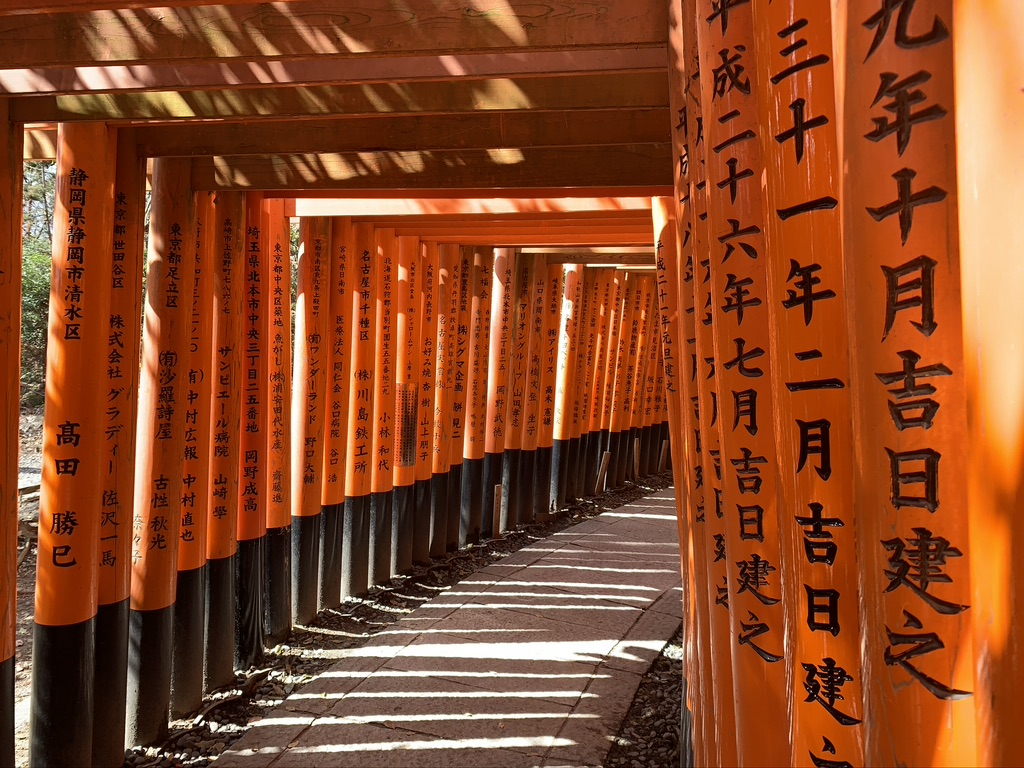
Arashiyama Bamboo Garden
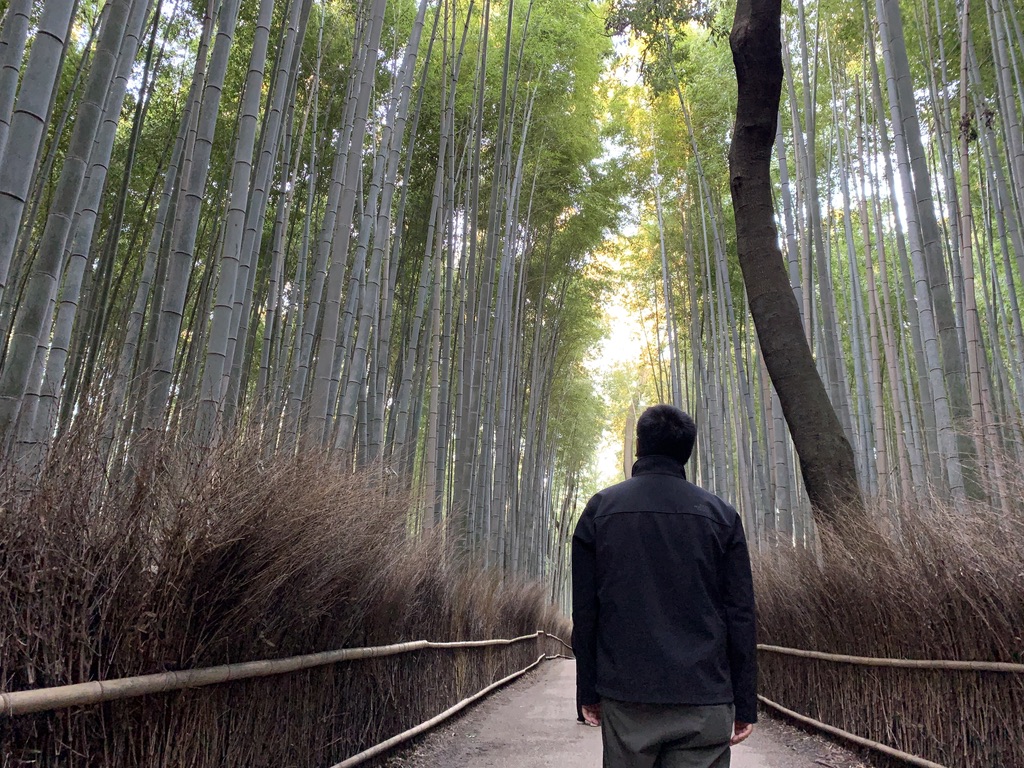
Kyoto Station
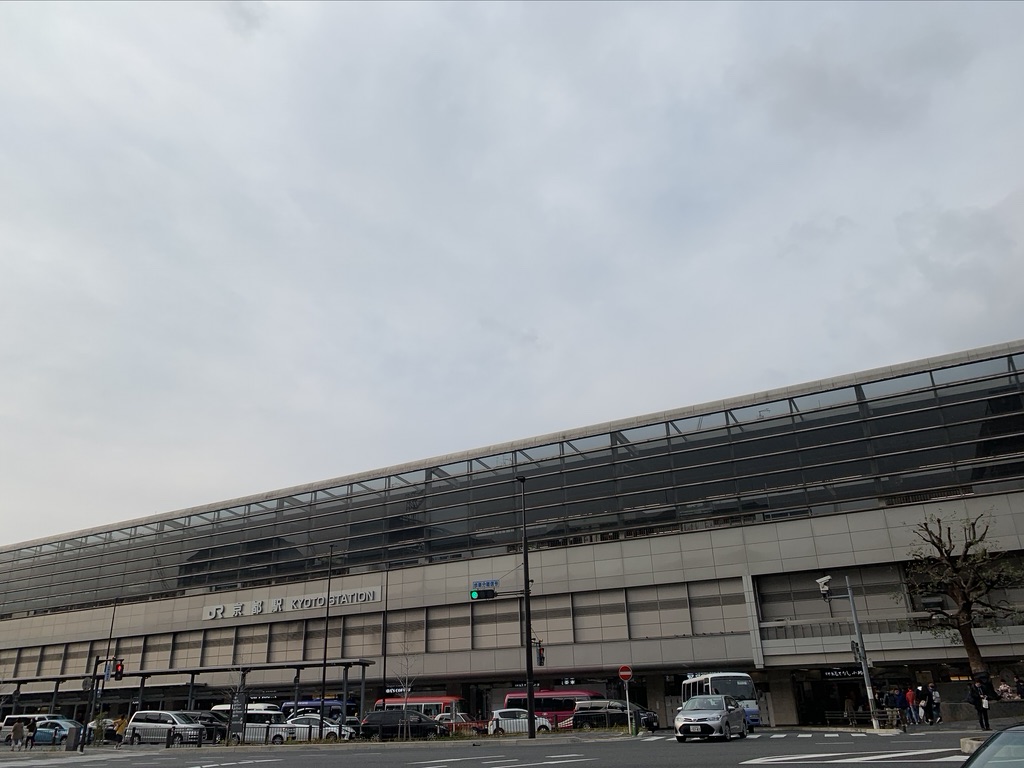
Gion District
Yasaka-jinja Shrine
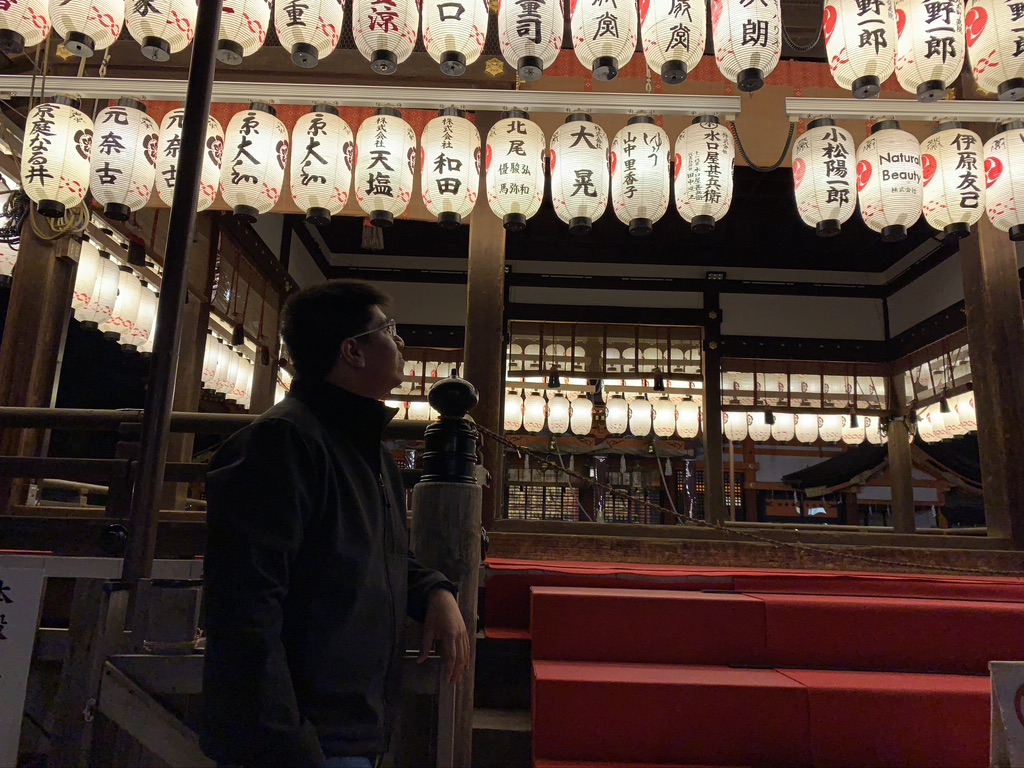
Food/Drink
Brasserie at The Four Seasons Kyoto
Brasserie is a high-end French-Japanese fusion restaurant in The Four Seasons Kyoto hotel – serving both set and a la carte menus of delicious bites including some of my favorites in March 2019 – Japanese beef tenderloin, smoked kyoto brown rice risotto, burrata cheese, grilled lobster, and crispy amadai. This is an excellent place for a romantic date or a splurge meal with friends – the restaurant is beautifully designed in an immaculate five-star hotel. Service was excellent and English ability was phenomenal. I was even offered complimentary sake tasting sets during the meal. The dinner set menu is about 12,000 JPY ($112USD) per person and includes a rotating selection of fresh Japanese-French fusion courses. Reservations accepted and suggested for busier times. Cash and credit cards accepted.
Kichi Kichi Omurice
If you’ve watched BuzzFeed at all in the last two years, you’ve probably seen this famous Kyoto chef Yukimura Motokichi and his theatrical cooking. Well, I’m here to say – the theater, service, and experience is great but the food is mediocre at best.
After getting a highly-coveted reservation (book 4 weeks in advance!) for this place, I was ready to indulge into the ultimate BuzzFeed dining experience of the famous fried rice topped with a Japanese omelette for a ridiculous 2700 JPY ($25USD). You’re quickly seated by the host upon arrival and the menu includes the famous omurice, a half portion of the omurice, some soups and assorted stews for those looking for something extra. Here just for the omurice, I promptly ordered one full portion and the show begins. The famous red cap donning chef will cook your omelette, fried rice, and plate it in the theatrical experience you came to expect while making sure every guest is happy and smiling cheek to cheek. I think that’s where the magic ends though.
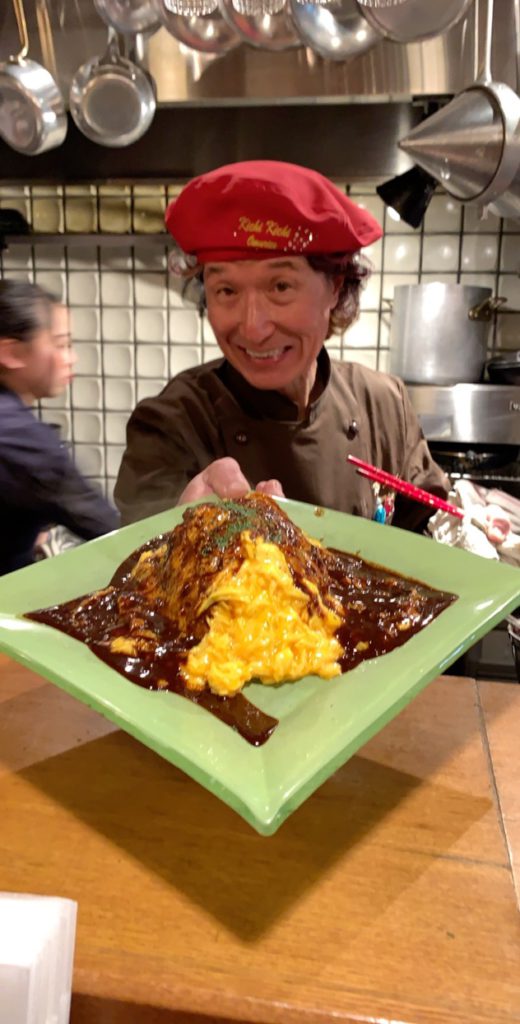
Biting into the omurice, it’s definitely good but is it 2700 JPY good? I think not.
In my honest opinion, this BuzzFeed famous restaurant is more of a theatrical show/experience than an amazing culinary destination. Come to Kichi Kichi Omurice to be entertained with a live culinary show with your friends or significant other and then dine on the omurice but don’t make the food the focus of your visit – sort of how Americans go to Medieval Times for the horse jousting and not the dry roasted chicken and terrible garlic bread. Cash and credit cards accepted.
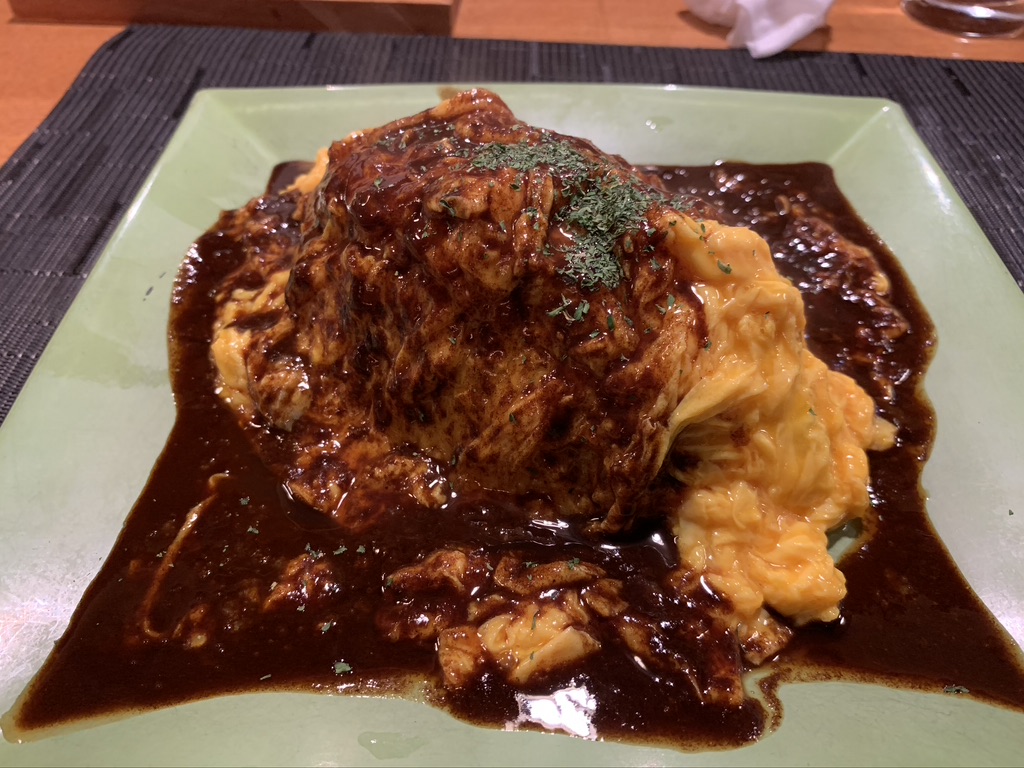
Ramen Sen no Kaze Kyoto
One of the better ramens I’ve had in Kyoto -Ramen Sen no Kaze makes a tasty bowl of kyo no shio ramen – a salt flavor, creamy, pork based soup stock with ramen noodles and three or five slices of chashu pork for around 1000JPY ($9USD). This is a tasty above-average ramen joint but is by no means the best in Japan. Come here for a quick lunch to cure those ramen cravings. Cash only.
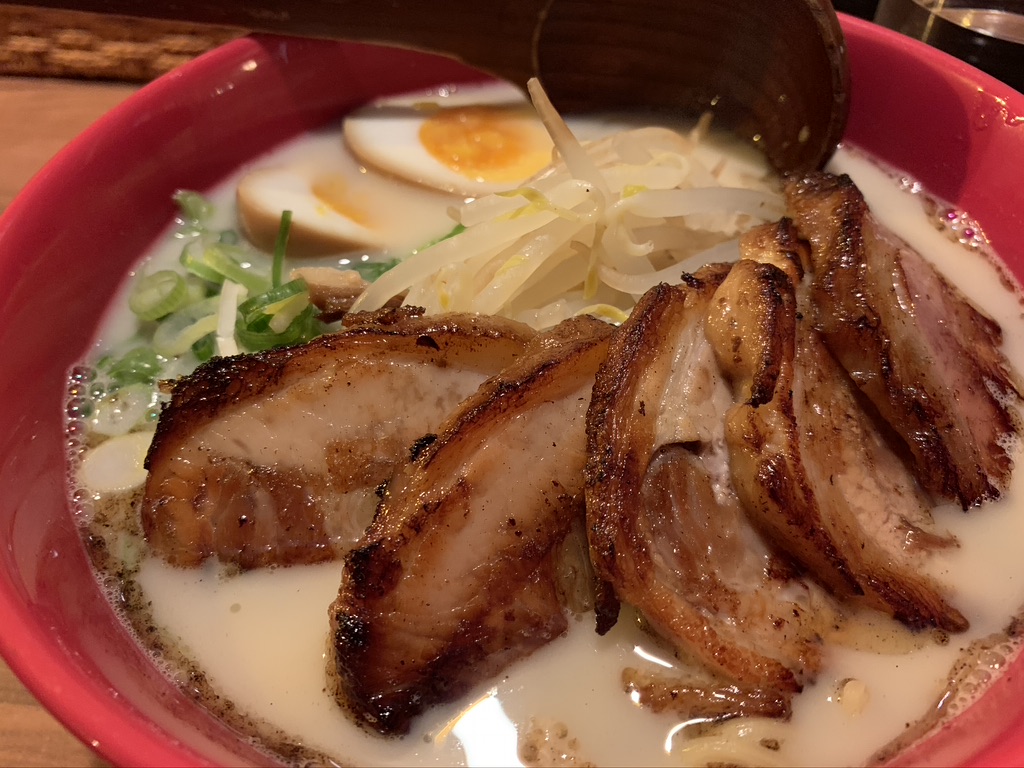
Ginjo Ramen Kubota
Tsukemen, a different type of Japanese ramen separates the noodles, eggs, meat, and broth from each other. Widely known as dipping noodles, you dip the noodles into the separated broth before eating. Personally, I prefer tsukemen over traditional ramen but it is still rare to find in the States. Japan of course has many options for tsukemen with the best in Kyoto being Ginjo Ramen Kubota. This is the second best tsukemen I’ve had in Japan (the first being at Fuunji in Tokyo) – a small hidden gem come here for delicious tsukemen and experience the true Japanese ramen vending machine experience. Cash only and be prepared to queue as it is a small restaurant.
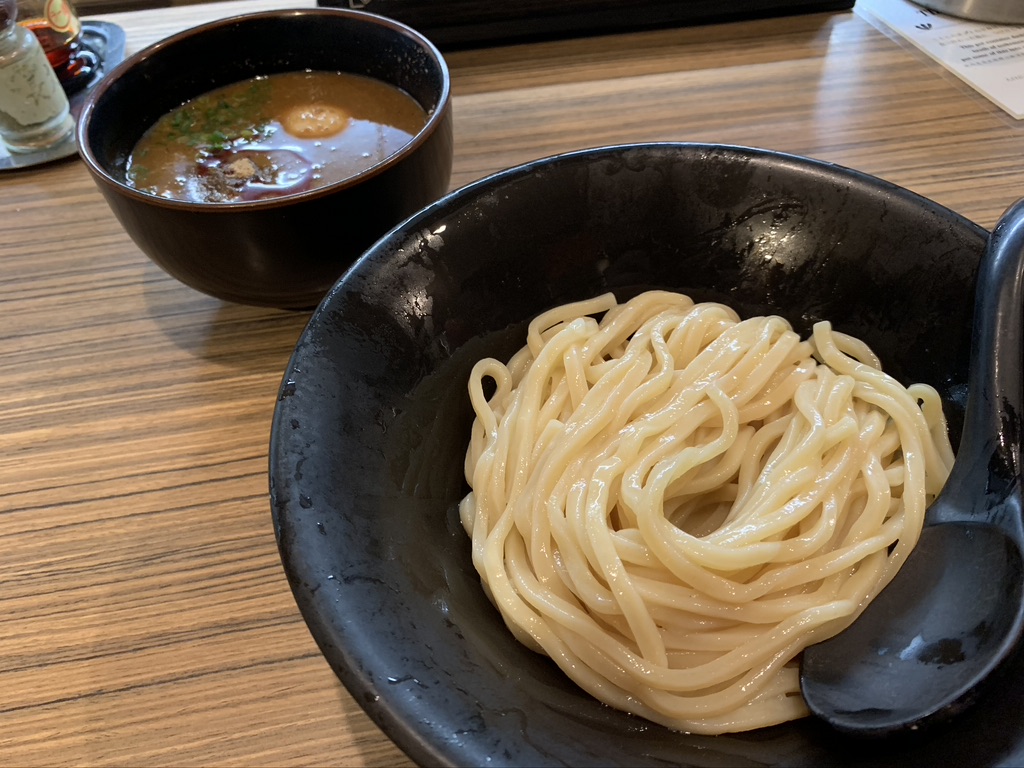
Sushi no Musashi (JR Kyoto Station 8-jo Entrance)
My first meal in Japan had to be sushi. After arriving into Kyoto and dumping my bags at the hotel, I ran back to the train station to try out Sushi no Musashi. This is a traditional Japanese conveyor belt sushi restaurant where endless sushi is presented on a conveyor belt and you simply pick the plates you wish to consume. At the end of the meal, your plates are counted and there is a generally flat fee per plate consumed. Super affordable with plates around 100JPY ($1USD) each – this is the cheapest way to try sushi in Japan. The quality, while above average compared to most sushi joints I had in Philadelphia is merely average to Japanese standards. There’s definitely better sushi out there but for a beginner or a budget-conscious traveler, come here. Cash and credit cards accepted.
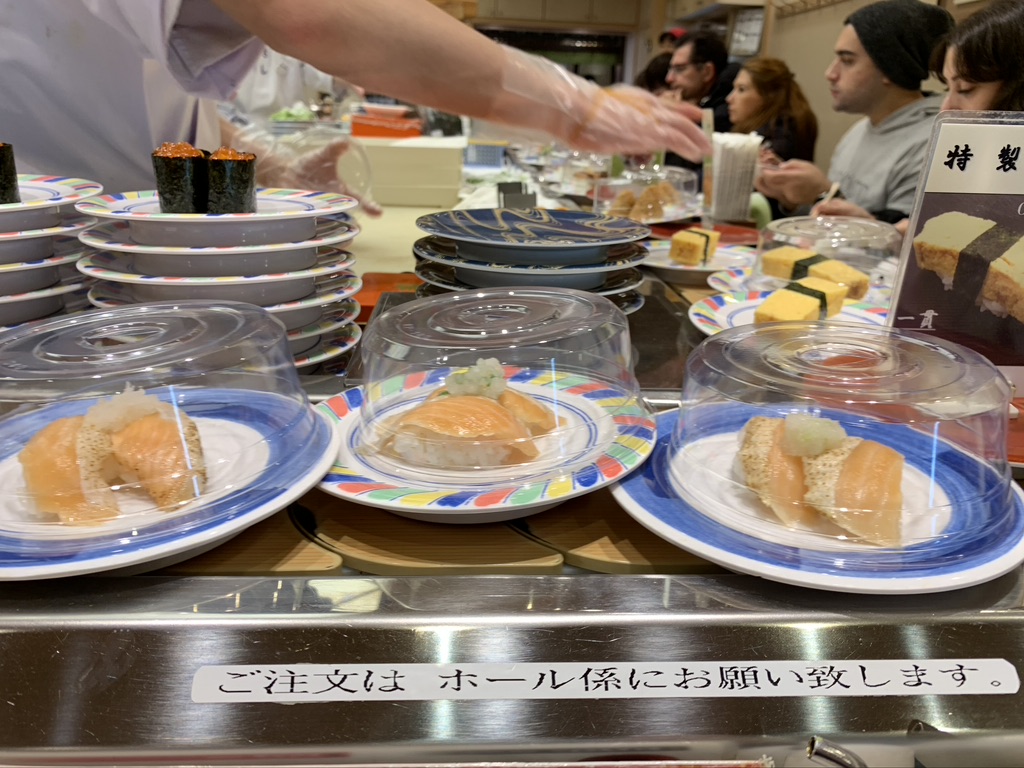
Teppan Tavern Gion Tenamonya
This basement teppanyaki restaurant serves some of the best beef I’ve ever had – Japanese A5 Wagyu. Email online for a reservation and come enjoy the reasonably priced A5 wagyu ($20USD). They also have other traditional Japanese dishes such as yaki-soba noodles. This is a big tourist spot and therefore caters primarily to foreigners but the service and food does not disappoint. Cash accepted.
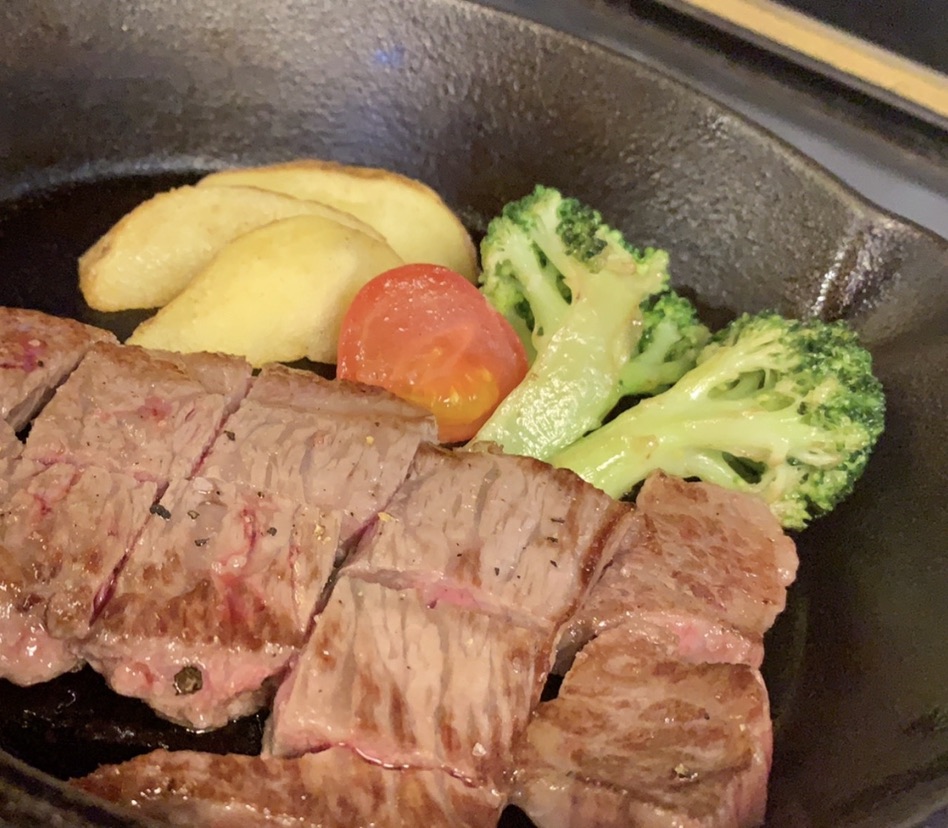
7-Eleven
The world famous chain got its start here in Japan with the most stores in the world and Japanese 7-Elevens offer an amazing assortment of snacks, hot and cold meals, beverages, and household goods. Some of my favorites include the onigiris and the soft boiled ramen eggs. Honestly, you can make full meals out of 7-Eleven cuisine in Japan and it would still better than those stale hot dogs we get in America. Cash and credit cards accepted.
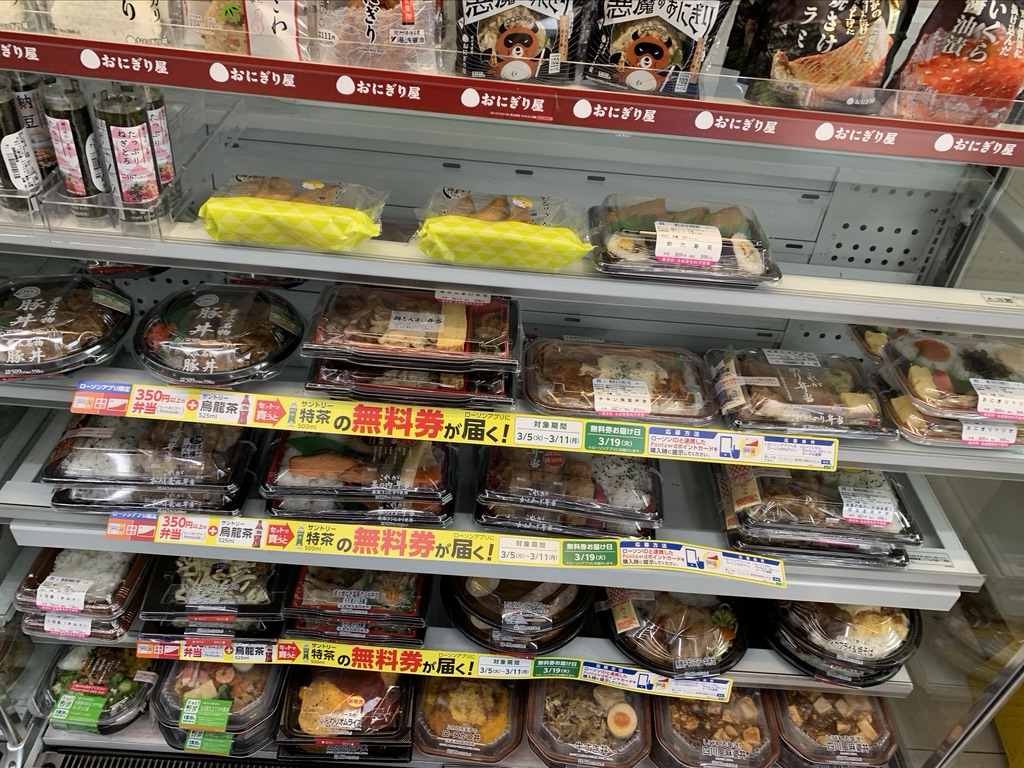
Coco Ichibanya
This is a global Japanese curry house chain and while it’s a good experience and tasty curry, definitely try the more local non-chain places I listed first. I love their pork tonkatsu curry and would recommend it. Many locations throughout Japan and even overseas. Cash and credit cards accepted.
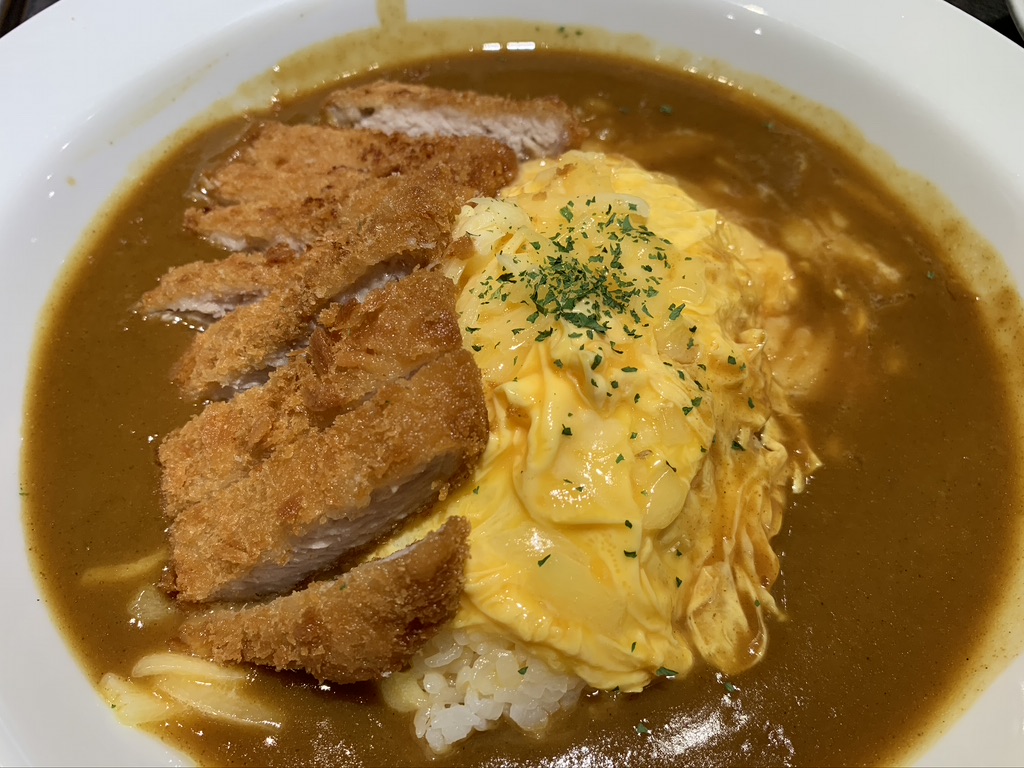
Ikinari Steak
Like Coco, Ikinari is another famous Japanese chain restaurant specializing in grilled steak. Come try it for the experience but definitely give non-chain places a try first. You select your own piece of steak and have it cooked to order – meats sold by gram. Cash and credit cards accepted.
Yoshinoya
This is another internationally prominent Japanese chain specializing in beef rice bowls. Pretty much considered fast food, come here for a qucik and cheap bite to eat but by no means is it gourmet dining. Cash and credits cards accepted with many locations throughout the city, Japan, and abroad.
Accommodation
Hotel Anteroom Kyoto
The Four Seasons Kyoto
